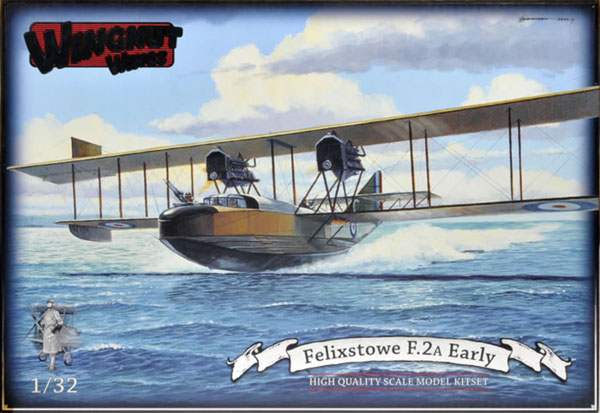
Kit Ref: 32050
Feature Article by Dave Coward
Available direct from the manufacturer – Wingnut Wings
A note from Geoff
I simply couldn’t let Dave get started without giving you a bit more background and info on what we have planned for SMN. Two builds – both the Felixstowe F.2a Early (the subject of this feature) and the Late version that will coming along very soon – that model is almost finished too and Dave has finished it showing mostly with natural varnished ‘wood’, showing how he achieved that finish. He has been working incredibly hard to get both done and I can’t wait to bring you that build very soon, so keep an eye on What’s New – Build Now for that and then, when both are all finished in SMN you will be able to find them as usual, along with all the other completed Wingnut wings build projects we have in the Wingnut Wings manufacturer’s area within Finished Now – here. At the time of writing, would you believe that we currently have 19 full builds of WW kits – we want to build them all for you eventually!
So, here’s a quick shot or two of Dave’s completed build of the Felixstowe F.2a Early that you’ll find below. Very nice work Dave and congratulations on a stunning piece of craftsmanship.
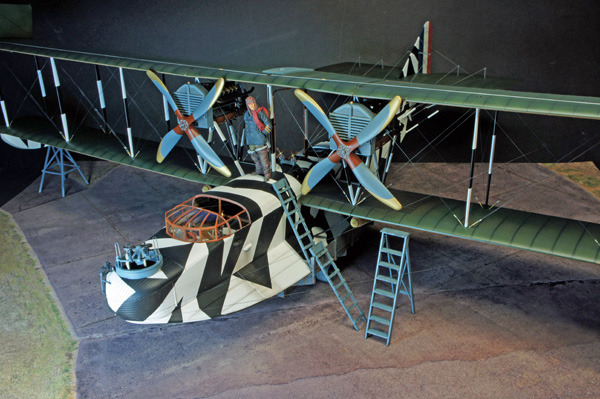
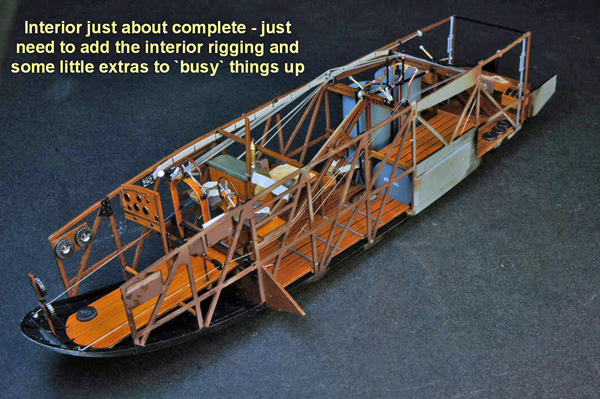
Aftermarket Extras:
• Gaspatch Turnbuckles
• Lyra Thread (Clear and Black)
• Brass Tube (Albion Alloys)
• Parts from the Spares Box
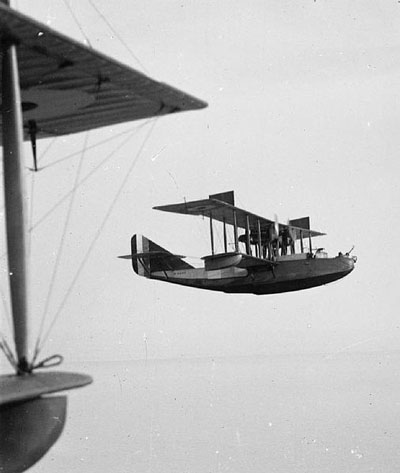
Background
The Felixstowe F.2a was probably the most successful flying boat of the First World War. With a crew of 5 it was capable of carrying out long range reconnaissance, anti-submarine and anti-shipping patrols of up to 10 hours duration. The development of the Felixstowe F.2a is staggeringly convoluted but it was essentially an Anglo-American design which can trace its roots to the pre-war Glenn Curtiss & Cyril Porte designed 180hp twin engine ‘America’ flying boat design. This basic design was improved, enlarged, strengthened and repowered successively by both Curtiss and Porte (having now returned to service in the RNAS after the outbreak of war despite suffering from Tuberculosis) over the next few years until July 1917 when Porte arrived at the characteristic deep ‘V’ hull with full side fins. Although technically now a wholly Porte design these Felixstowe flying boats, so named because they were developed at the RNAS Seaplane Experimental Station at Felixstowe in Suffolk, were referred to as ‘Large Americas’ by the British and as ‘Curtiss’ types by the Germans.
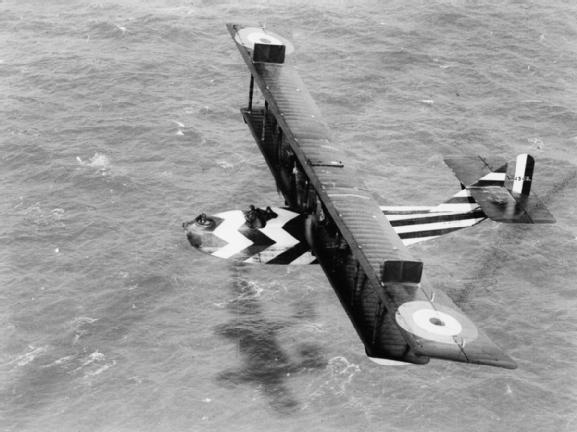
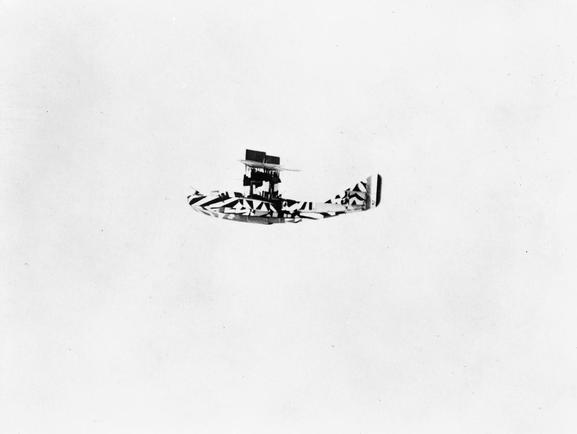
The twin 375hp Rolls Royce Eagle VIII powered Felixstowe F.2a featured a deep ‘V’ hull constructed using boat building techniques with diagonal planking on the bottom while the tops of the fins were plywood and doped fabric. The sides of the forward superstructure were also plywood and the top coamings were covered with linen, as were the wings and tailplane. Ply walkways were positioned on the top coaming near the engineer’s hatch and on the bottom wings below the engines. Early production F.2a as depicted in this kitset were delivered with a glazed cabin, fabric covered sides of the rear hull and large unbalanced ailerons. Later developments included replacing the cabin with an open cockpit, balanced ailerons and strengthening the rear hull sides with ply or diagonally applied “Consuta” planks. Some early aircraft delivered with glazed cabins were later converted to open top configuration. A modified V12 Liberty engine powered version was manufactured by Curtiss in America as the H.16. The Felixstowe F.3, superficially similar in appearance to the F.2a but slightly larger and capable of carrying twice the bomb load, was put into production despite being considered inferior to the F.2a. The larger still Felixstowe F.5 similarly featured poorer performance but arrived too late to see operational service before the Armistice and a modified V12 Liberty engine powered version was manufactured by Curtiss in America as the F.5L. Any history of these aircraft here is of necessity very brief, therefore we encourage you to seek out the references listed below for a more thorough understanding of these significant aircraft.
